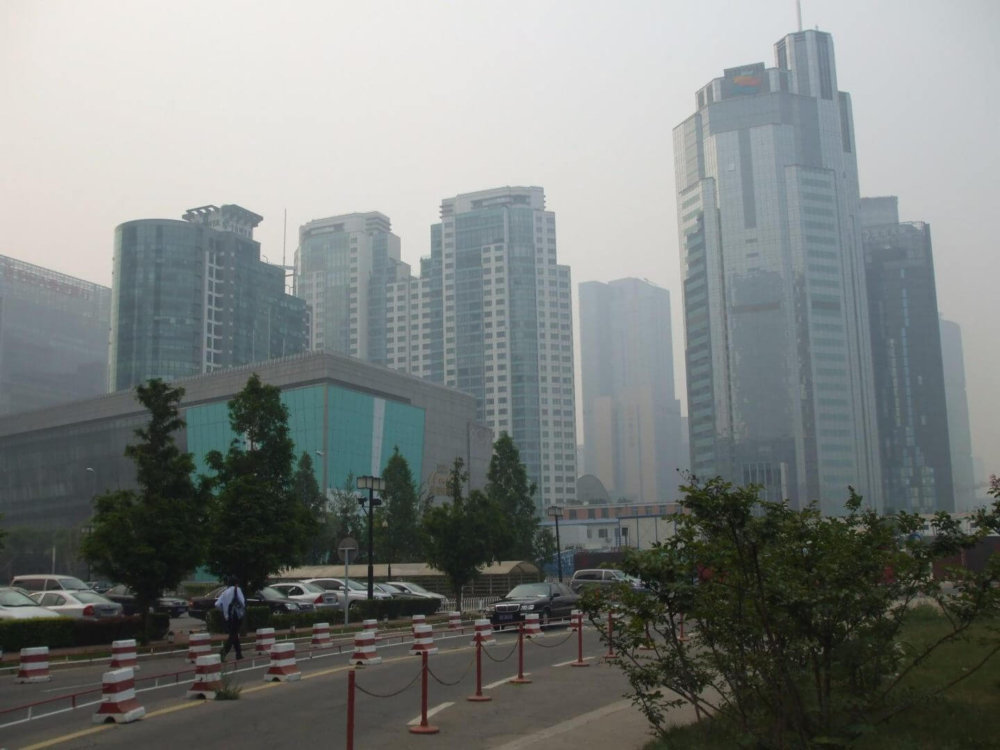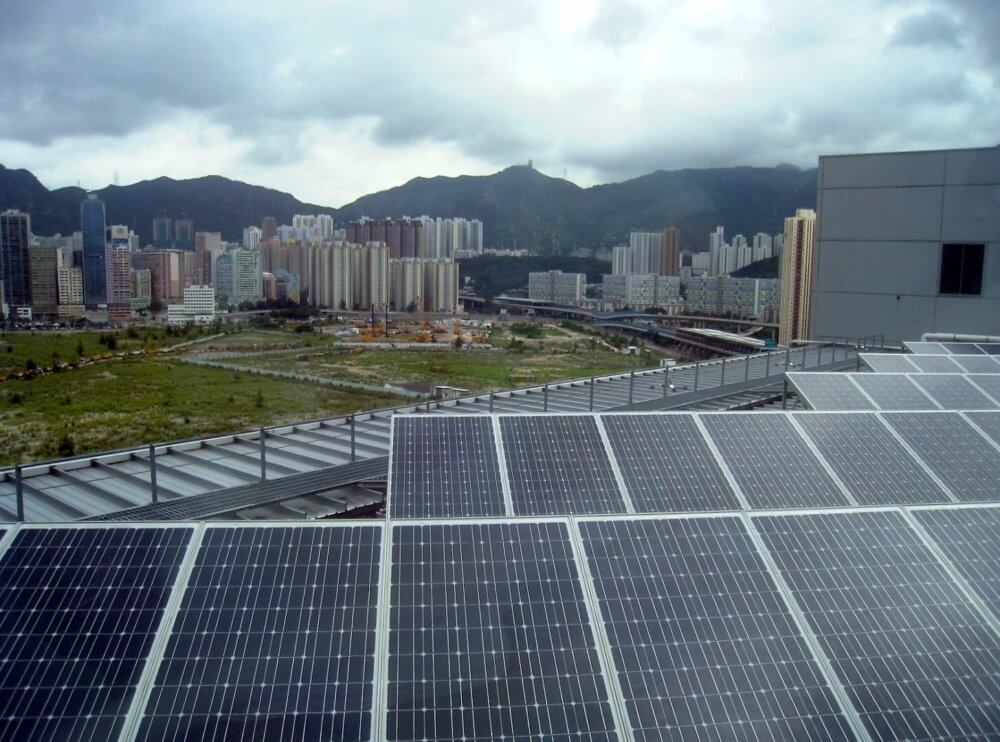
China: heavy polluter or climate change activist?
China, the biggest emitter of carbon dioxide in the world, is often regarded as a heavy polluter with unbreathable air, gray skies and no interest in environmental sustainability whatsoever. This opinion is certainly endorsed by the American President Donald Trump, who, during his announcement of the US withdrawal from the Paris climate accord, claimed that “under the agreement, China will be able to increase these emissions by a staggering number of years — 13” and “will be allowed to build hundreds of additional coal plants”. However, China says it is seriously committed to reducing carbon emissions. Is Beijing’s commitment to curb emissions nothing else than an empty promise? What policies and actions is the government carrying out in response to climate change?

To reply to those questions, we must first consider how China’s conception of climate change has changed along the years. China’s emissions have been growing exponentially since the 90s, so much that by 2007 it had overtaken the United States as the biggest emitter of carbon dioxide in the world. The increase went hand in hand with the staggering growth of its economy, which relies heavily on coal, a fossil fuel that produces much more emissions than oil or gas and that is also one of the main causes of the infamous air pollution that plagues many Chinese cities. However, while reducing air pollution has been at the centre of Beijing’s environmental policy for decades, climate change has been long ignored by the government, as it was regarded mostly as a foreign policy matter, not an internal one. It wasn’t until 2007 that climate change has been deemed a matter of national importance with the issue of the first National Climate Change Programme. The document analyzes in details the risks that climate change poses to China, from severe drought in the North, to flooding in the South and on the coast, and provides a general guideline to curb emissions. Since then, Beijing has doubled its efforts to fight climate change, including huge investments on renewable energies and changes to industrial and energy systems, aimed at improving energy efficiency. Thanks to those policies, coal demand has cooled since 2012 and in 2015 PM2.5 concentrations decreased by 21.5% compared to their level in 2013.
China’s huge efforts in fighting climate change in the last decade have been undeniable and the results are indeed remarkable. However, it is true that during international conferences on climate change Beijing has always been reluctant to make bold promises and to agree to a firm cap on emissions. China has always argued that, as a developing country, it shouldn’t shoulder the same strict caps on its greenhouse gas emissions that rich countries should accept. Its position, based on the environmental law principle of “Common but Differentiated Responsibilities”, hasn’t changed even after 2007, despite China becoming the biggest emitter in the world. The pledges that China made in the Paris agreement in 2015 still reflect that principle. Instead of agreeing to a firm emissions cap, China said that it would cut carbon intensity, which is the amount of carbon dioxide pollution released to create each dollar of economic activity. That means China’s emissions can keep increasing as the economy grows – hence Trump’s oversimplifying claim – but they must do so at a slower rate than the growth in gross domestic product. According to the Paris agreement, China will cut its carbon intensity by 60-65% by 2030, compared to its level in 2005. In addition, Beijing government also pledged that its carbon dioxide emissions would reach their peak by around 2030.

Given the current trend of emissions curb, China will probably reach the latter objective much earlier than 2030 and many environmental scientists think Beijing could have made much bolder pledges at the conference.
Nevertheless, China seems to be on its way to a cleaner future, even if some worry that Trump’s decision to withdraw from the Paris agreement could slow the process down, by reinforcing the position of those who oppose faster emission cuts, such as high-carbon industries. At the same time, the US retreat from the climate accord offers China the opportunity to promote itself as a responsible player in global environmental policy and to mitigate the negative reputation it has gained in the last 30 years.
China is not a climate change activist, nor it will become one any time soon, but it is on its way to a cleaner and more responsible future. Trump’s America cannot claim the same.
Cover picture: record levels of smog in Shanghai on 6th November 2013 (photo by Lucia Ghezzi, All Right Reserved).
Beijing, china, climate change, featured, Paris agreement, pollution, Trump